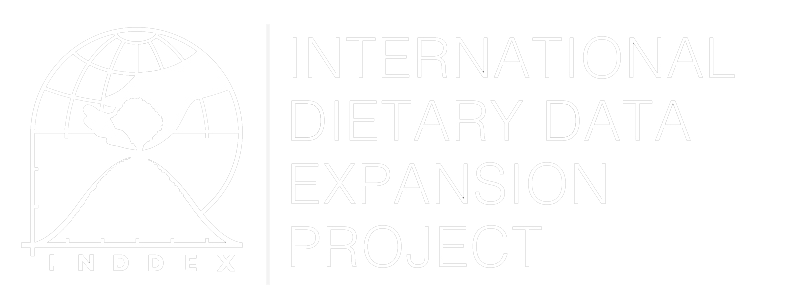Fresh Food Retail Volume kilograms/capita
Overview
Fresh food retail volume includes uncooked and unprocessed foods sold in various channels (Euromonitor International, 2018), and is an indicator that can be used to understand trends in shifting dietary patterns and changing dietary quality. Low- and middle-income countries have rapidly been undergoing a nutrition transition characterized by increased consumption of processed foods coupled with decreased consumption of fresh food (Baket et al., 2020). These changes come with serious health implications, as processed and ultra-processed foods tend to be less nutrient dense and have been linked with poorer diet quality (Imamura et al., 2015), as well as increased diet-related illness (Micha et al., 2012). The fresh food retail volume is a national-level indicator that quantifies the volume of fresh foods sold at markets (including supermarkets, wet markets, convenience stores, and online purchases), reported in kilograms per capita. It provides information on the quantity of healthier foods in the food supply and can provide a fuller picture of dietary transition when used in conjunction with the indicator for packaged food retail volume (Global Nutrition Report, 2015).
Method of Construction
The total amount of fresh foods sold in various retail outlets of interest (e.g. supermarkets, wet markets, convenience stores) should be converted into kilograms and summed. This figure is divided by the total population of interest to determine the amount of fresh food retail volume (kg/capita). Currently, data for this indicator are collected for a subset of countries (none of which are low-income countries) and are available for purchase from Euromonitor. If one has access to Euromonitor, data can be easily downloaded as national per capita values (Euromonitor International, 2022). If calculating this indicator from other market data (i.e. not using Euromonitor), it is necessary to clearly define what is meant by fresh foods and what is meant by markets. For example, the NOVA Food Classification system could be used to group foods into unprocessed/minimally processed, processed, and ultra-processed categories (Monteiro et al., 2010). Government ministries may also collect data related to market-level retail sales and/or volume.
Uses
This indicator for fresh food retail volume, in combination with the indicator that measures retail volume of packaged foods, has been recommended by the Global Nutrition Report to assess national food consumption diversity (Global Nutrition Report, 2015). When used in conjunction with other market-level data on production and/or consumption, it can also be used to capture the extent to which fresh foods are transported along the supply chain.
Strengths and Weaknesses
This indicator is helpful in providing insight into the availability of fresh foods on the market. A drawback is that, as a national-level indicator, it does not capture any measurement of distribution among regional, socioeconomic, or age/sex groups. Furthermore, if using Euromonitor data, it only provides information at the aggregate level for the quantity of all fresh foods and for a select sub- set of high and middle-income countries. Therefore, if you are interested in more detailed information of specific fresh foods, or in identifying the quantity of fresh food retail volume for low- income countries, other indicators should be considered. For example, an indicator like household adequacy of fruit and vegetable consumption would be more appropriate for examining fresh food consumption (specifically fruit and vegetable consumption) on a finer scale and potentially comparing across sub-populations and groups.
Additionally, although fresh foods are assumed to be nutritionally superior to packaged ones, this indicator does not report macronutrient or micronutrient consumption, which would be better examined using an individual indicator such as total individual micronutrient intake or total individual macronutrient intake. A clear drawback of using Euromonitor data is that these data are not publicly available and only exist for 54 countries, none of which are low-income countries (Euromonitor International, 2016).
Data Source
One potential data source for this indicator is Euromonitor, which collects and compiles data on fresh food retail volume in 54 countries, none of which, however, are low-income countries, and access must be purchased (Euromonitor International, 2022). One publicly available alternative, would be to use Food Balance Sheet (FBS) data to calculate similar indicators such as national fruit and vegetable availability in food supply, or Household Consumption and Expenditure Survey (HCES) data and household adequacy of fruit and vegetable consumption.
